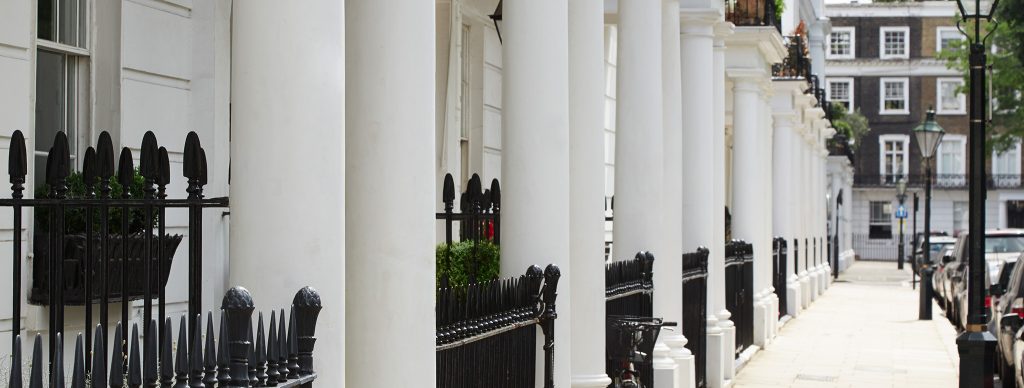Prime Central London Market Review
It’s tough to remember a financial rollercoaster ride more violent than the one that the poor old London property market has been on over the last forty-eight months. We have seen the net effects of the last ten-year boom bust and recovery of 1985-95 compressed into the four years of 2006-10. Indeed, “Boom and Bust” doesn’t seem an adequate expression to describe the financial mangle through which many of us have been.
However, rather like the battered Sylvester Stallone at the end of the risibly implausible Rocky V, the prime central London property market does still seem to be standing and in rather stronger health than anyone has any right to expect.
The reasons for this Lazarus-like recovery are complex and, as ever, there are parts of the prime central London market that perform better than others. Prices in farther flung parts of the capital such as Hampstead and Richmond have partly recovered from their low point of February 2009, whereas prime central areas such as Belgravia and Kensington are now back at their peak of January 2008. In one or two micro-markets, such as that for Notting Hill communal garden houses, prices are now higher than they have ever been.
As ever, I’m nervous of being seen to be Micawberish, forever convinced that “something will turn up”, but it does feel as if in the case of central London residential property, something has turned up.
Clearly, there have been times over the last twenty-four months when all has been far from peachy. If we are to believe yet another apocalyptic market prediction from a well-known and much-quoted financial think tank (who confidently predicted at the beginning of 2009 a price fall during 2010 of 35-40%), we are all still skating around the ragged edge of the pit of doom.
Of course, the great advantage to being a Cassandra is that, at some point, you’re bound to be right. In 2008, after eight years of metaphorically parading a placard with the message “the end of the world is nigh”, the financial think tank’s prediction came good – and in spades. Far be it from me to sound sniffy here, but a success rate of one in ten doesn’t seem to quite cut it in the Nostradamus stakes.
So what reasons might there be for the abrupt nature of this cycle – what has changed since last time around? Well, for one thing, how London is perceived today is quite different to how it was seen at the end of the 1980s; then, the expectation was that Frankfurt would become the financial capital of Europe, with possibly Paris in second place. London was seen as just another provincial European city with a distinctly euro-sceptic slant.
Today, things couldn’t be more different and even with some prominent hedge-fund managers now heading for the financial security and abject boredom of Zurich – London is now viewed as a world city, the financial capital of Europe and a convenient, benevolent place to do business, much as Venice was in the 14th century.
As a consequence, London has a truly international populace in addition to being the modern face of “multi-cultural Britain”. As a result, the prices of property in the prime residential areas of London are now driven by many other factors, not just the economic trend of Britain as a whole. That is not to say that these areas are an exclusively foreign marketplace, rather that the buyers are likely to be players in a world arena and could be American, Russian, Swedish or Middle-Eastern as easily as they could be British.
Hence, whilst parts of the country can appear to be bursting at the seams with unsold houses, the areas that are in favour with an international clientele can look comparatively parched of housing stock. It is also worth noting that as a result of the credit squeeze, there are likely to be no new developments in prime central London in the very near future, which might flood the buy-to-let market, as almost nothing sensible of note has been built over the last eighteen months. Residential rental returns are down 5-10% on their peak of March 2008, but there are now a third fewer rental properties available.
With the pound continuing to look cheap verses the euro and the dollar, the prime central London property market still looks like a sensible vehicle for investment, as well as a desirable place to be. With nothing yet on the horizon that is likely to bring a significant change in supply of properties for sale in the best parts of London, the fundamental dynamic is still one of demand outstripping supply.
Mark Twain once advised “buy land, they’re not making it any more” and, in the context of the central London property market, it seems a maxim which is hard to fault.
Saul Empson, Haringtons UK, Autumn 2010
